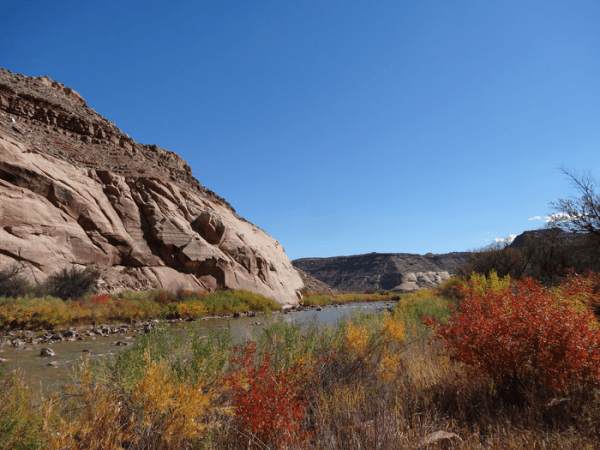In a dry year in the West, when the world turns crispy and cracked, rivers and streams with their green, lush banks become a lifesaving yet limited resource.
New research from the University of Utah and the Utah Division of Wildlife Resources (UDWR) finds that in dry years, birds funnel into the relative greenness of riparian (adjacent to river) environments. That increased diversity is accompanied by overcrowding that may cause increased competition for habitat and resources, the study finds, and an overall decrease in populations of birds who call the river home.
“In a changing climate, it is critical to understand how birds and other organisms are responding,” says Monte Neate-Clegg, recent U graduate and postdoctoral scholar at the University of California, Los Angeles. “From a conservation standpoint, the results are troublesome.”
“Riparian birds are reporting in on Utah’s most important habitat, the health of our riparian systems,” says Russell Norvell, Avian Conservation Program Coordinator for the UDWR. “We all know how crucially important water is in the West for human populations and everything else.”
Read more at University of Utah
Image: The University of Utah Rio Mesa research station in southern Utah. (Credit: Monte Neate-Clegg)


